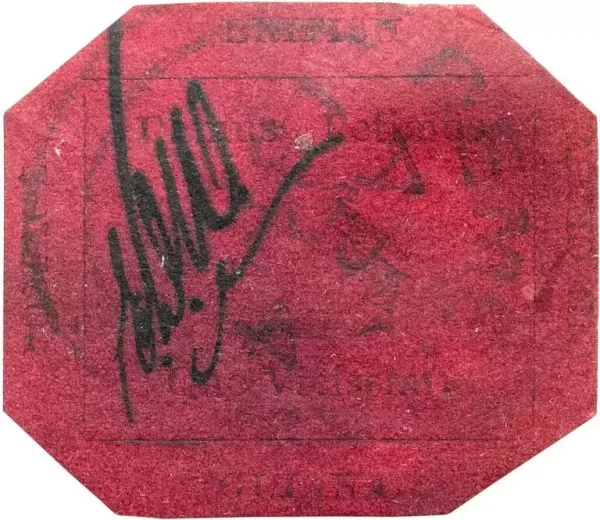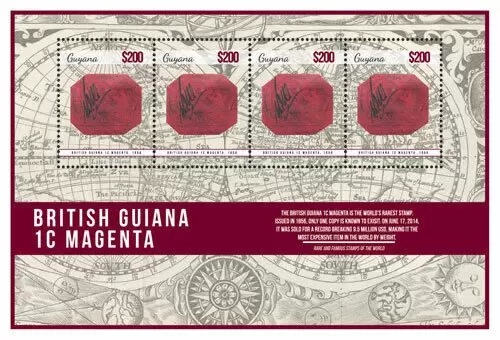
The British Guiana 1-cent magenta stamp of 1856 is one of the most famous and valuable stamps in philatelic history due to its extreme rarity and legendary status. It is believed that only one example of this stamp exists, making it highly sought after by collectors.
The stamp was printed as an emergency provisional supply in 1856 by Joseph Baum and William Dallas, publishers of the colony’s newspaper the Official Gazette in Georgetown, British Guiana. It was printed on magenta-colored paper and left imperforate to be cut from sheets using scissors. The design featured a sailing ship and the colony’s Latin motto, surrounded by a frame with the country of issue and the value in words.
Each stamp sold was initialled by a post office clerk to guard against forgery. The lone surviving 1-cent stamp is octagonal in shape, with the corners cut off the rectangular shape that was the easiest way to cut stamps from the sheet. It bears the initials ‘EDW’ of the clerk E. D. Wight and was heavily postmarked at Demerara on April 4, 1856.
The stamp was discovered in 1873 by a twelve-year-old local schoolboy, Vernon Vaughan, and sold to a local collector, N. R. McKinnon, for six shillings. McKinnon later sold his entire collection to Wylie Hall, who identified the stamp as unique with the help of London stamp dealer Edward Pemberton.
Rumors have circulated about the existence of a second example of the stamp, including claims by Arthur Hind, a distinguished American philatelist, who was rumored to have destroyed a second example he purchased to maintain the rarity of his own. More recently, a German collector named Peter Winter claimed to have bought a second 1-cent stamp from a Romanian dancer, but experts have disputed its authenticity.
The stamp has made sporadic public appearances at exhibitions since the 1970s. The current owner, John Du Pont, was convicted of murder in 1997, and the stamp has been stored in a secure vault in Philadelphia since then, unseen by most philatelists.

